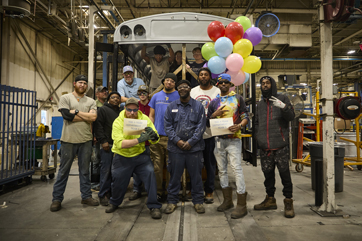
A behind-the-scenes look at our historic celebration and transition of the Type D legacy
It isn’t every day you get to celebrate a major milestone, so we’ve captured the iconic plant transition of our Type D production and commemorated the milestone in a video celebration. Chronicling the final steps of the last Type D bus to roll off the historic assembly line, the video features…
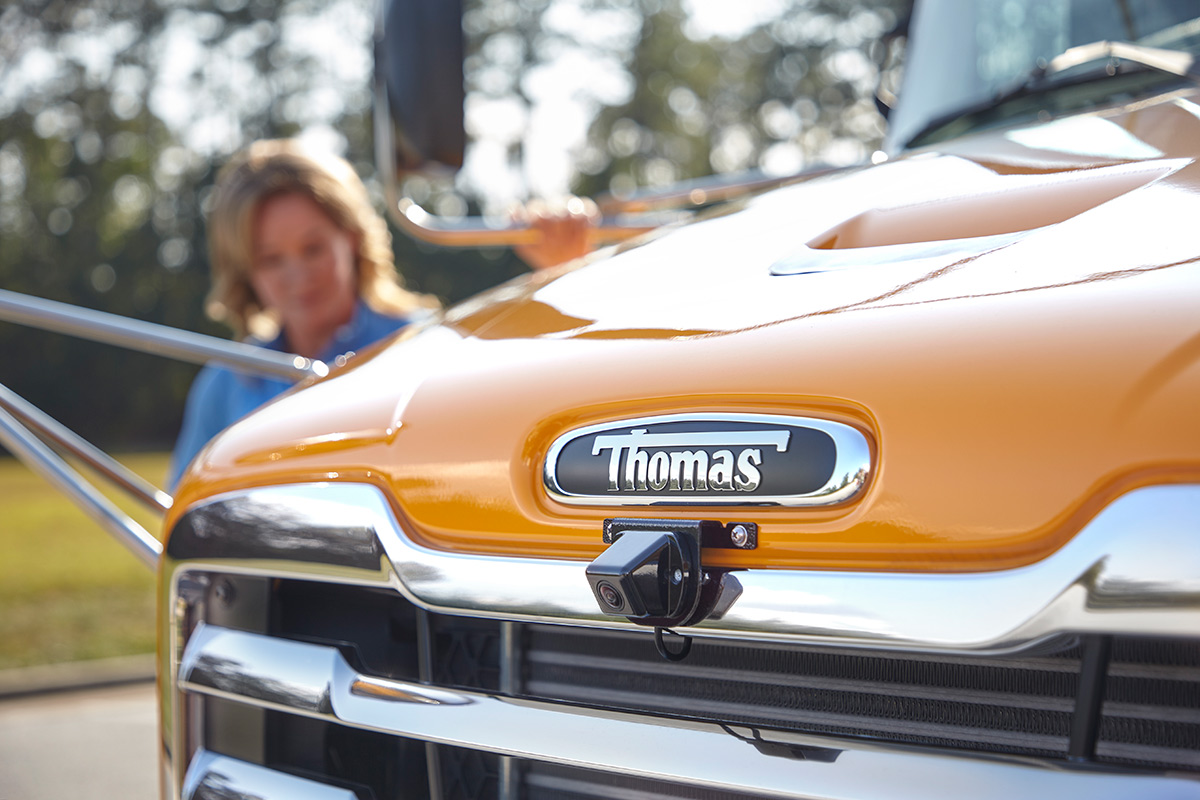
At Thomas Built Buses, we view safety as a journey, not a destination. Safety is at the core of everything we do—from our manufacturing processes to our testing protocols and focus on continuous innovation. It is more than just a feature; it’s an interconnected facet of all our operations.
Let’s look at how this commitment to safety is woven into every phase of our process, from…
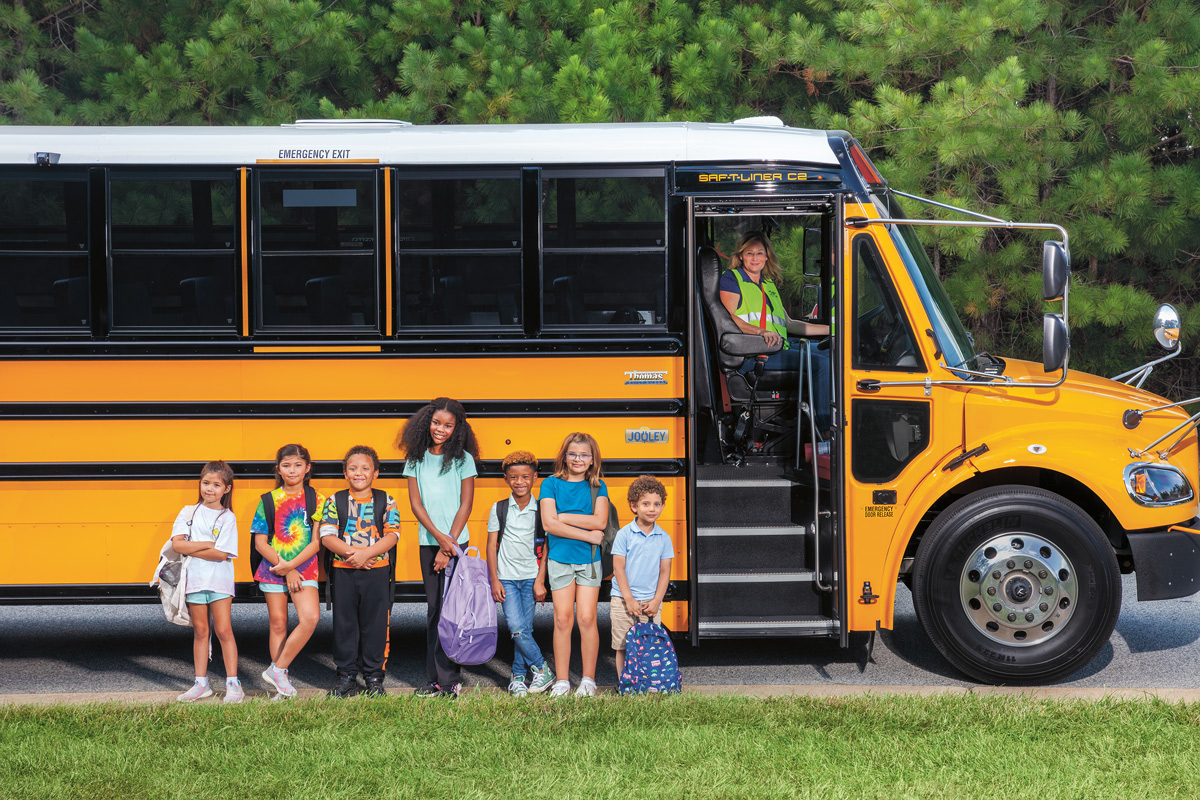
What makes the electric Saf-T-Liner C2 Jouley school bus an excellent vehicle for today and the future? Our free Electric School Bus Curriculum answers this and more.
Today’s students are increasingly interested in electric vehicles and environmentally smart transportation options. This dynamic, professionally designed curriculum provides teachers with tools and lessons to increase…
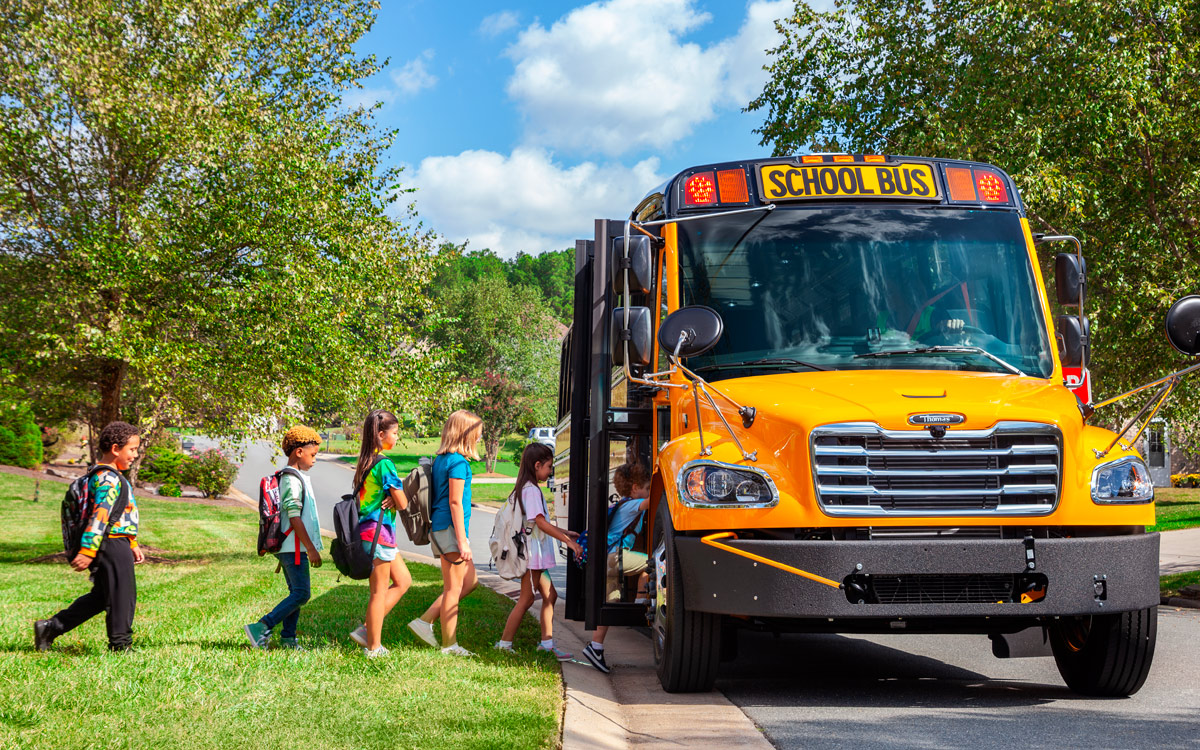
In today’s rapidly evolving industrial landscape, sustainability has become a global focus. But what does that even mean? For Thomas Built Buses, it’s about defining our commitment to our organization, our industry and the communities we serve. While our electric school bus, the Saf-T-Liner® C2 Jouley®, and its many milestones (including the recent delivery of our 1,000th) often come to…
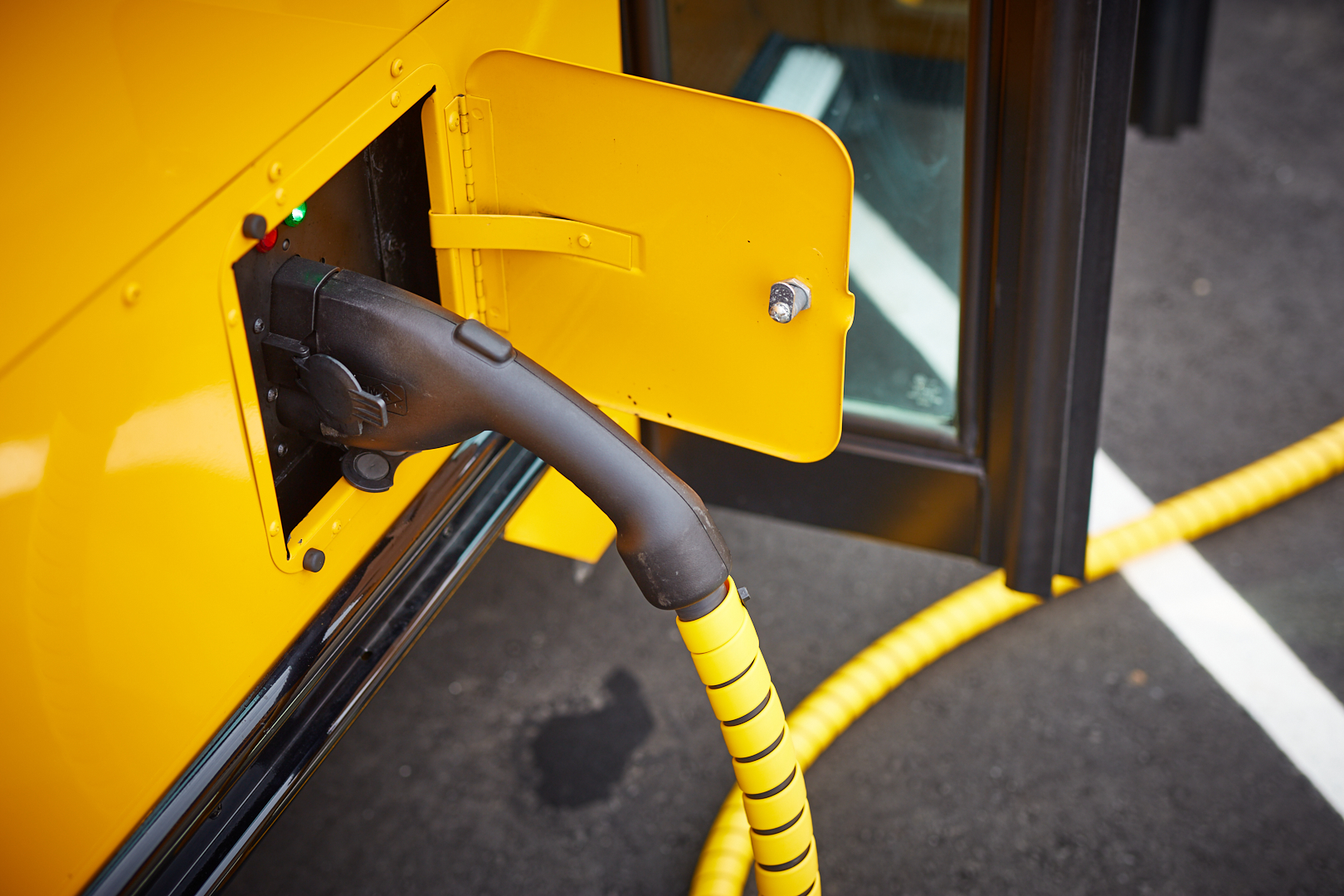
With the continuing growth in electric school bus technology in the past few years, certainly all eyes are on this new and emerging technology. Not only are school districts seeking more information on how electric school buses will best work in their fleet, but utility providers also are investigating the best use-cases for electric school buses in their community.
“With the rise of electric school bus technology, the school bus just got another job,” said Caley Edgerly, president and CEO of Thomas Built Buses. “In addition to transporting students to and from school safely, school buses are now being eyed by utility providers as possible energy storage units, where energy can be shared back to the grid during peak energy usage periods or even following natural disasters or mass power outages. It’s a viable option for many communities and one that we are particularly excited about exploring further with our customers.”
To Edgerly’s point, utility providers like Dominion Energy and DTE Energy are actively partnering with school districts and manufacturers like Thomas Built Buses to acquire electric school buses and begin to test the best use-case for energy storage in their communities.
The Benefit of Electric School Buses to Utility Providers
The benefit of electric school buses, at least in the eyes of utility providers, is that not only are they essentially giant batteries on wheels, but school buses have predefined, predictable routes and charging circumstances, which presents a very controlled setting to glean insights about the impact of electric vehicles on the overall utility grid.
“In general, utility providers are looking at ways that electric school buses can pull energy down from the grid during non-peak hours, store unused energy, and then supply energy back to the grid during peak energy-use hours. In this way, electric school buses are excellent battery storage units where unused power can be drawn from the school buses back into the energy grid during idle times – especially in the evenings, weekends and summer months,” said Mark Childers, powertrain and technology sales manager for Thomas Built Buses. “Through the use of stored energy via school buses, utility providers would be tapping into a more sustainable solution to energy storage and usage for their community.”
But not all electric school buses will be able to assist with this energy transference. Utility providers who are seeking to partner with school districts are looking for school buses with a set of specific features, such as:
- Batteries capable of bi-directional energy flow combined with DC fast chargers
- Charge management software that allows for V-to-G scheduling
- Large battery capacity
- DC fast chargers meeting UL-1741 standards, ISO-15118-2 communication protocols and OSCP (open-source communication protocol) in order to optimize bi-directional power flow
“Having the right features on the bus and charging infrastructure are keys to success,” said Childers. “When developing our Saf-T-Liner® C2 Jouley® electric school bus with Proterra®, we made sure that the bus was set up for success from the very beginning. We offer the largest standard battery capacity in the industry today, a battery that is smart-grid ready and DC fast-charging as standard equipment. Jouley is also already equipped with V-to-G capabilities and software right out of the gate. Not all electric school buses are set up this way though.”
How to Work with a Utility Provider
Today, utility providers are investing in pilot programs across the nation to test the impact of electric school buses on the charging grid. These investments are taking the form of purchasing electric school buses on behalf of districts and offering grants for electric school bus and charging infrastructure purchases. But to take advantage of these opportunities, school districts must start the conversations early.
“Deploying new electric school buses may take up to 18 months depending on the complexity of the infrastructure design,” said Childers. “So speaking with a utility provider early on will help the process move more smoothly and minimize unexpected hurdles along the way.”
He advises districts to involve their local Thomas dealer in the conversation, since dealers add value to the discussion by providing specific vehicle options and customizations based on the utility’s needs. As the plan takes shape, utility providers and districts should discuss electric infrastructure and site planning, rate structures, and financial assistance, grants or even energy buy-back programs. Thomas Built Buses’ Electric Bus Authority team will assist customers with developing their transformation plan to electric school buses.
“In the end, choosing the best school bus and charging infrastructure always comes down to the unique needs of each district,” said Childers. “Here at Thomas Built Buses we can connect our customers, dealers and utility providers, so that customers have the right resources for good decision-making from the very beginning. Starting a conversation with your utility provider and dealer from the very beginning is the key to success.”
To learn more about partnering with a utility provider or utility provider funding in your area, contact the Thomas Built Buses Electric Bus Authority.
